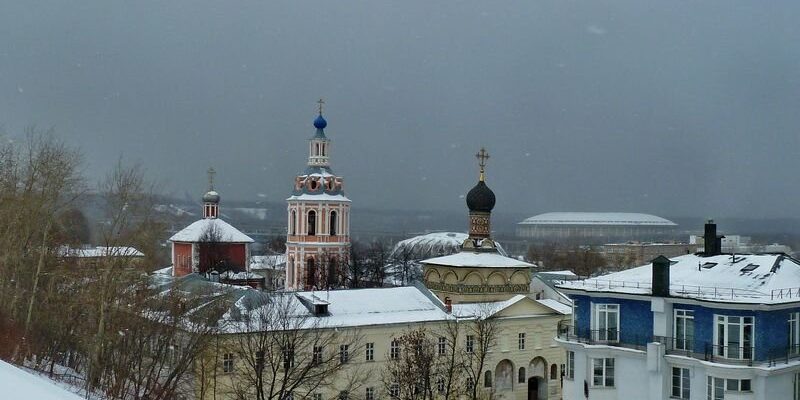St. Andrew’s Monastery in Moscow
St. Andrew’s Monastery is a modest monastery nestled at the foot of the slopes of the Vorobyovy Hills, descending to the St. Andrew’s Embankment. The monastery is not one of Moscow’s landmarks, although its enlightened monks have left a significant mark on the history of Russian science and religion. In the middle of the XVII century, the monks created here a teaching brotherhood, which laid the foundations of academic education in Russia. Today, the walls of St. Andrew’s Monastery house the Synodal Library, the Institute of Bible Translation, and its Sunday school is among the best in the capital.
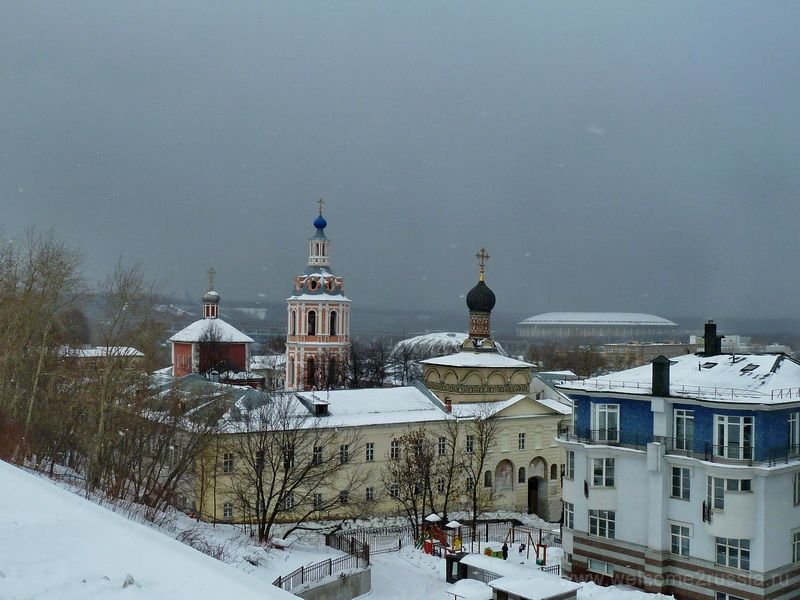
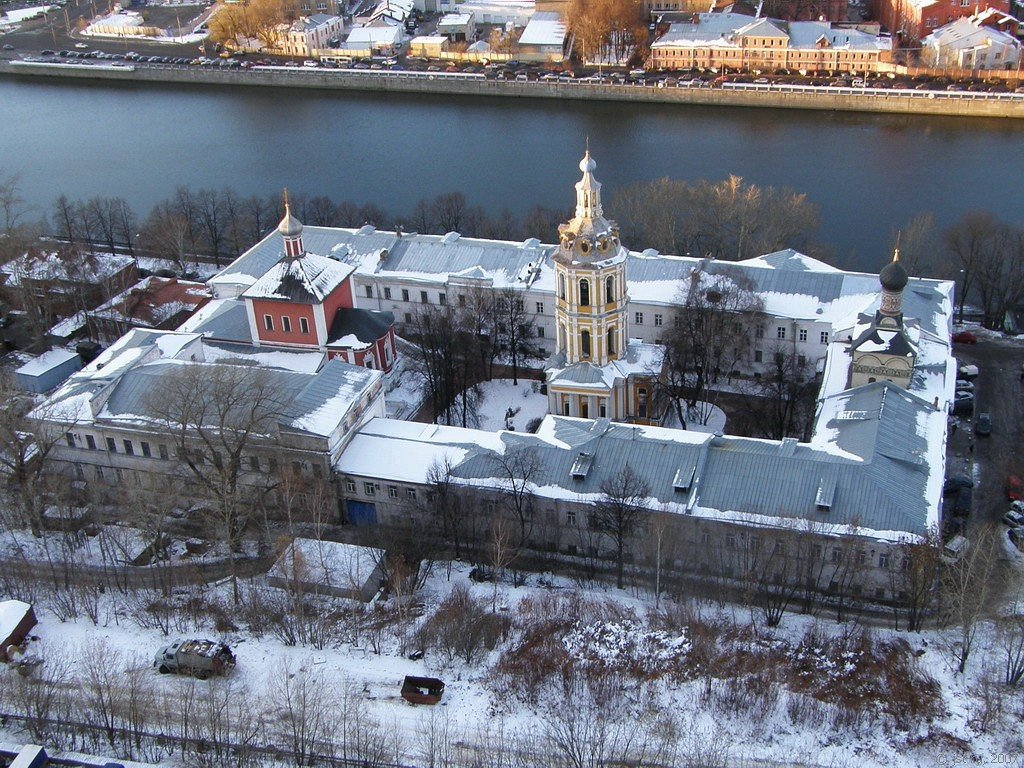
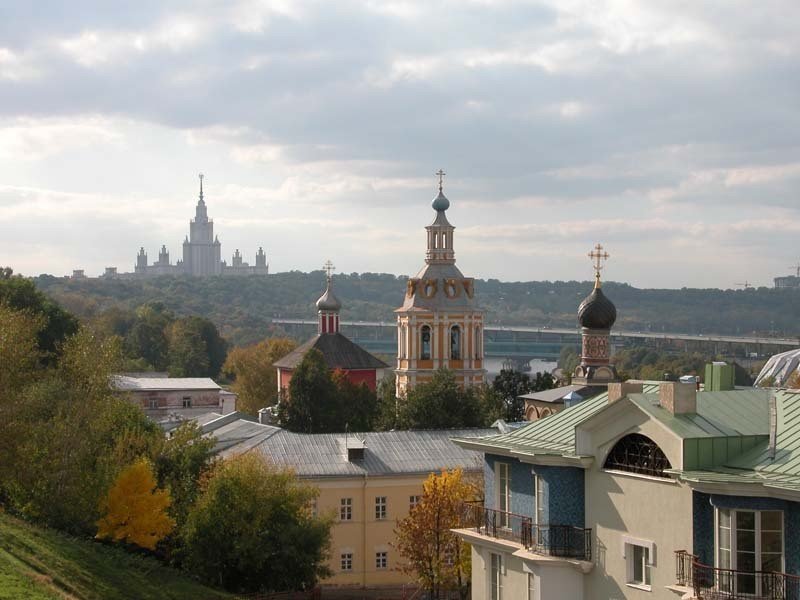
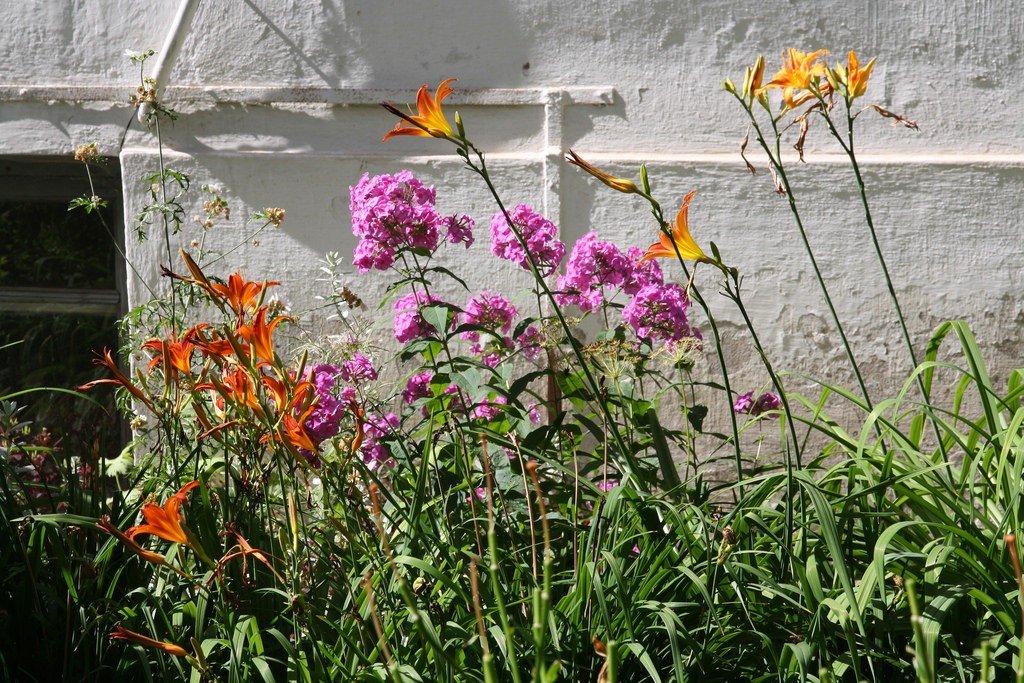
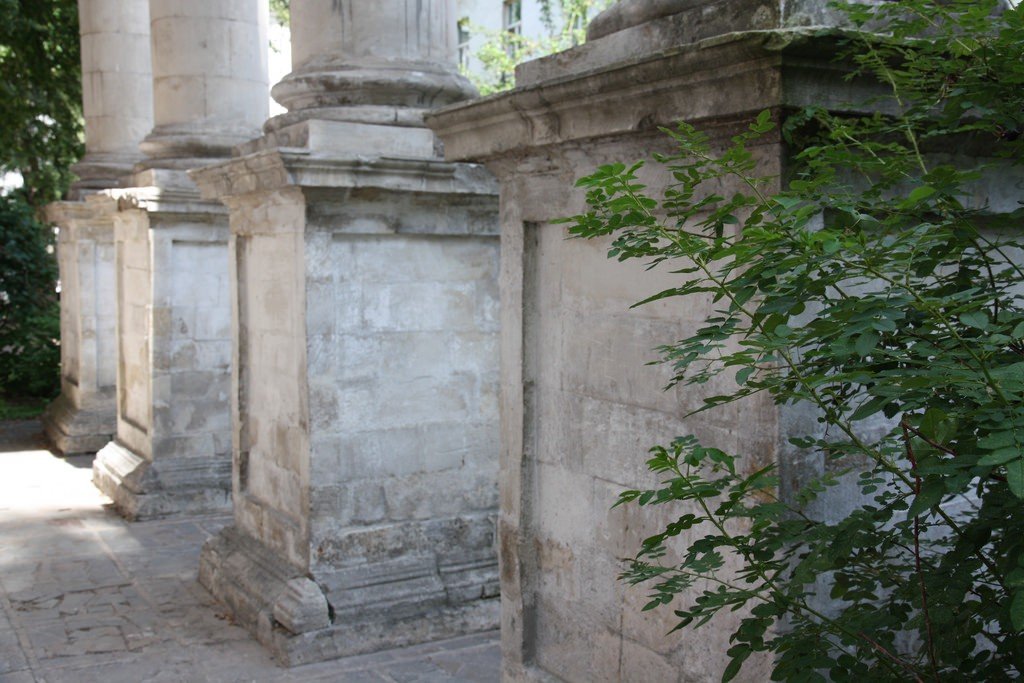
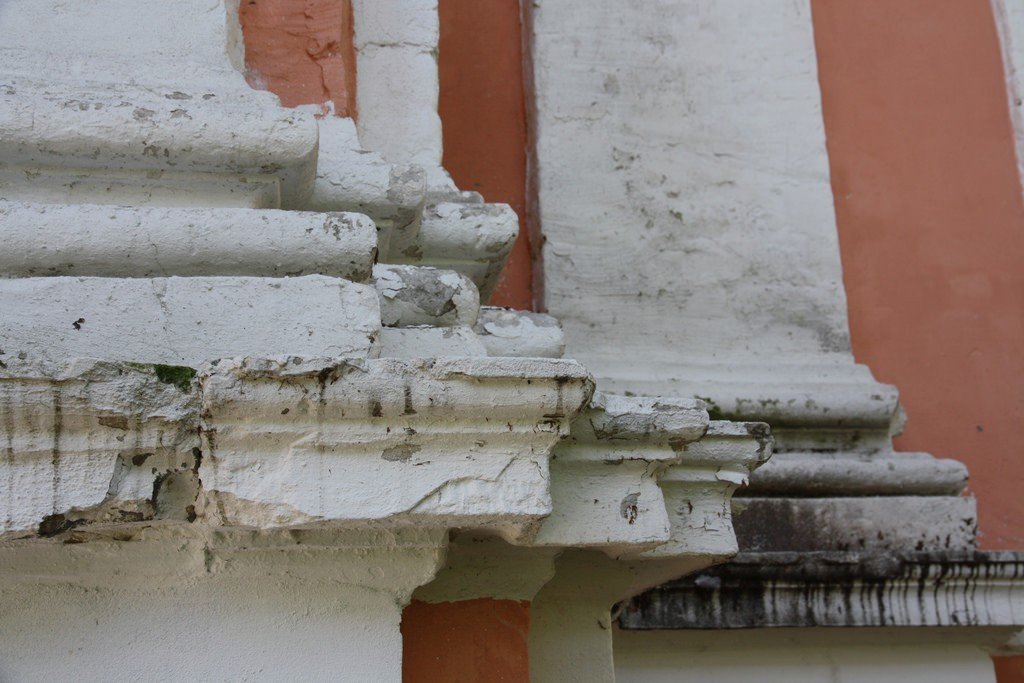
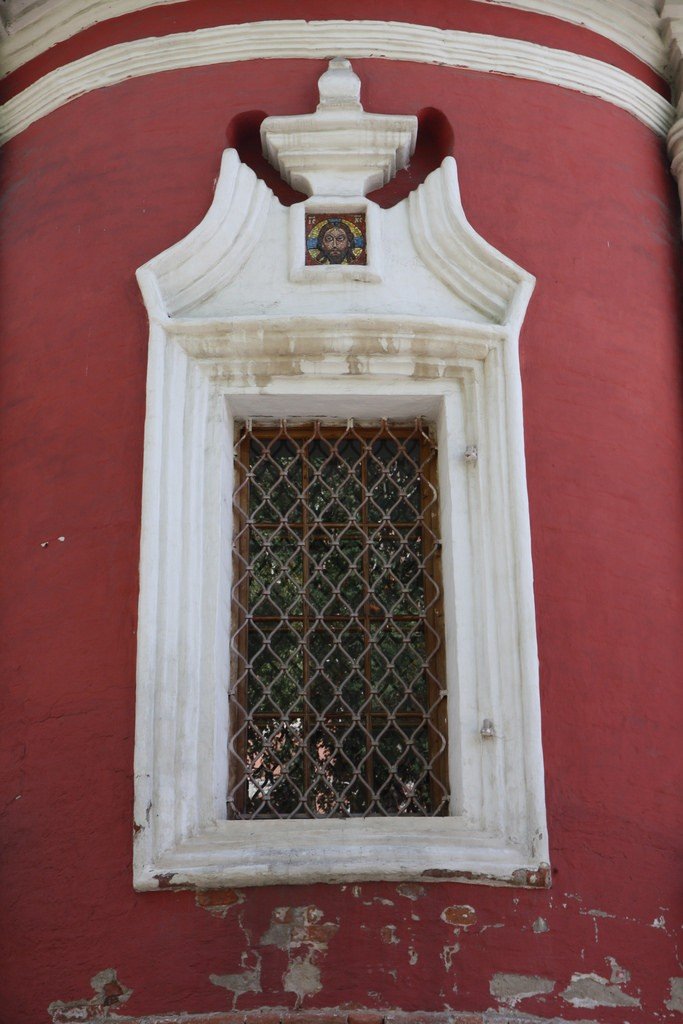
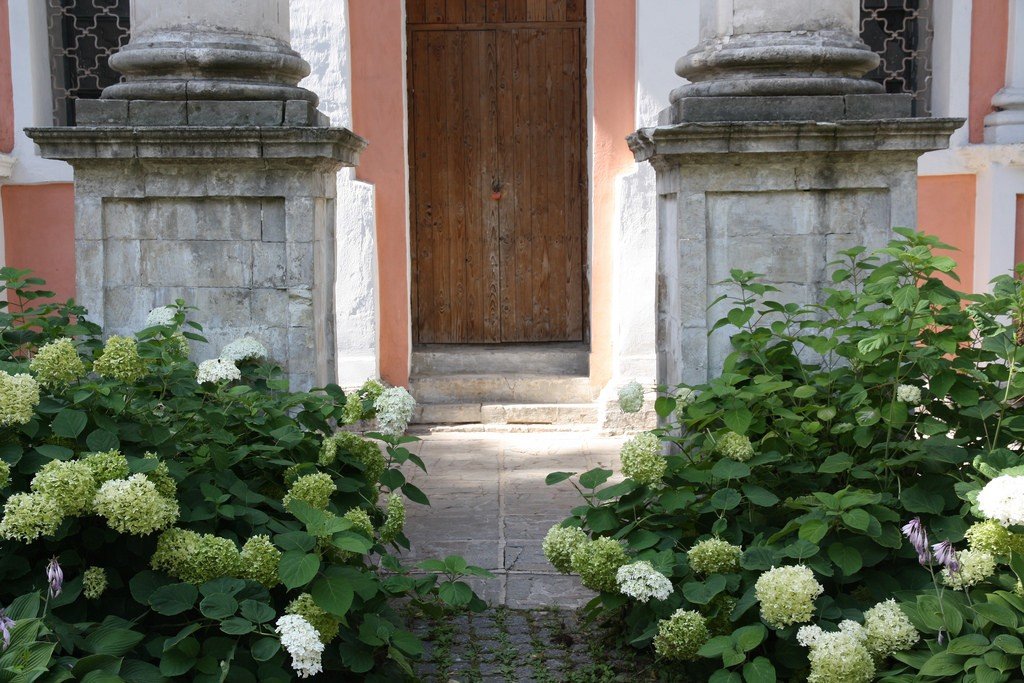
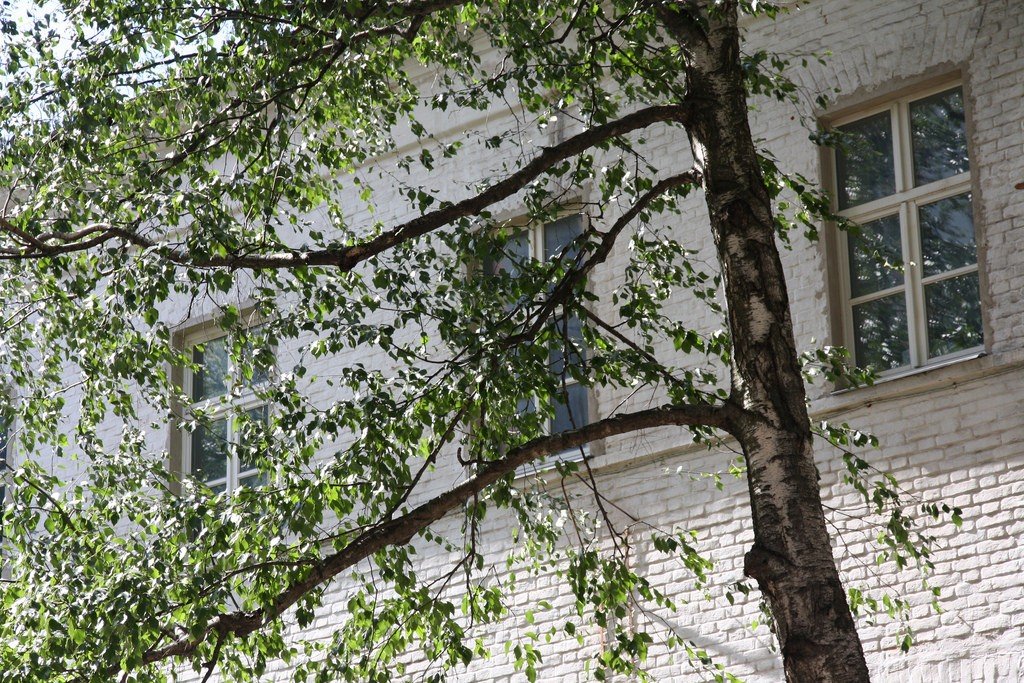
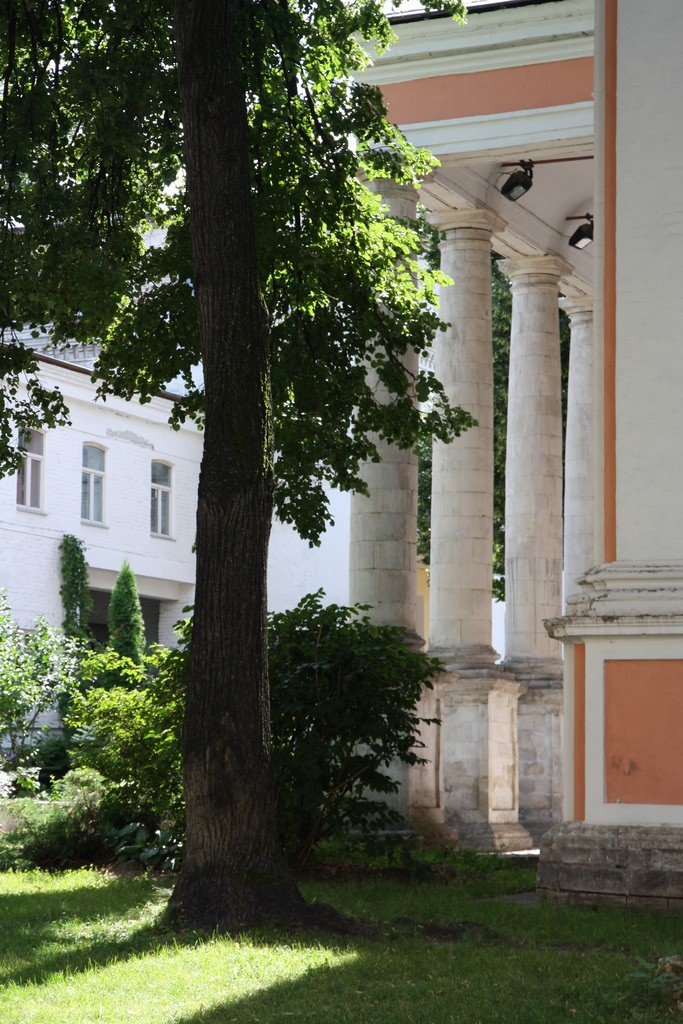
- Highlights
- History of St. Andrew’s Monastery
- The monastery today
- Practical information
- How to get there
Highlights
The architectural ensemble of St. Andrew’s Monastery was formed since the middle of the 17th century. Before the revolution it was formed by 6 temples, but only three of them have survived to our days. The compact complex of buildings also includes a monolith of monotypical buildings of St. Andrew’s almshouse, built the century before last.
.
The most spectacular monastery looks from the Moscow River, and during river excursions tourists do not miss the opportunity to capture its image in photos and videos from the deck of a pleasure boat. Peace and quiet reign in the cozy monastery itself. Even on major church holidays it is not crowded. The exception is summer weekends, when citizens and guests of the capital, intending to go on a free walking tour of the Vorobyovy Gory (Sparrow Hills), drop by the St. Andrew’s Monastery. Groups gather not far from the monastery walls.
.History of St. Andrew’s Monastery
Church legend says that back in the XIII century hermit monks founded a monastic monastery near the Sparrow Hills. And the wooden temple built by them was named after Andrew Stratilat – a Christian saint, warrior-martyr. There is no documentary evidence confirming this legend, and the first written mention of the chopped church in honor of the holy intercessor Stratilat appeared in Moscow chronicles only in the 20-ies of the XVII century. They indicate that the church was erected after 1591, when Khan Gazi Gerai hastily withdrew his troops from under Moscow, believing the false information of a spy. The official date of the foundation of St. Andrew’s Monastery is considered to be 1648. It was ordered by the sovereign Alexei Mikhailovich.
.Initially, the men’s monastery was assigned the role of a center of enlightenment. In 1649 here from Kiev-Pechersk Lavra came learned hieromonks, pupils of Metropolitan Peter Mohyla. Educated at the Kiev Theological Academy, the monks were charged with the duty of teaching the Moscow lay youth Latin, rhetoric, Greek and Slavonic languages. For a substantial fee, the educators translated historical and philosophical works of Christian theologians, and then they were published by the Moscow printing press. The monks created the informal “St. Andrew’s Teaching Brotherhood”, which laid the foundation for the creation of academic structures in Moscow.
.
Until the 20s of the XVIII century St. Andrew’s monastery prospered, owning lands, fish ponds, mills. Construction within the walls of the cloister was financed by the royal treasury. It is known that the basements of the monastery often served as a dungeon. In 1667, the rebellious Protopope Avvakum – the ideologist of the Old Believer movement – languished here for a short time.
.
In 1724 Peter the Great ordered to abolish the St. Andrew’s Monastery. The churches became parish churches, and other buildings housed an institution where street children and foundlings were kept. There was also a place here for the prisoners-“kolodochniki”. Later Empress Anna Ioannovna ordered to restore the monastery, and the charity institution and the prison – to close. True, in 1762 the monastery was obliged to keep the insane..Two years later, the rather impoverished monastery was included in the lists of secularization initiated by Catherine II. This time a workhouse for women who had no means of subsistence was organized in its buildings. In 1771, during the plague epidemic, noble and rich Muscovites were buried on the territory of the monastery. This necropolis was destroyed in the 20s and 40s of the last century.
.In 1806 in the former monastery settled St. Andrew’s almshouse, which was maintained by the Moscow Merchant Society. At the expense of benefactors here were built new buildings, quite harmoniously blended into the previously created architectural ensemble.
.
In 1918 the almshouse was liquidated. In the following decades in the good monastery buildings alternately housed houses-communes and vocational school factory “Goznak”, club, laboratories Gosstandart. In the 90s, the historical complex was handed over to the Russian Orthodox Church, and a patriarchal palace was opened here. In 2013, it was transformed into the St. Andrew’s Monastery.
.The monastery today
St. Andrew’s Monastery looks rather modest, but very well-groomed and peaceful. The architectural ensemble is a rectangle formed not by walls, but by the enclosures of buildings. Three monastery temples are lined up in one line. The strict outlines of the complex are wonderfully viewed from the bell tower of the Church of St. John the Evangelist and from the observation deck located above the monastery.
.
The tall buildings surrounding the temples were erected in different periods of the century before last, but their gable roofs are brought to a single level. The buildings facing the embankment are three stories each, while those facing the slopes are two stories. The facades of the buildings facing the river look spectacular, but from the side of the monastery yard the buildings look unassuming. The eastern facade of the architectural ensemble stands out, marked by the Church of St. Andrew Stratilat, which rises above the main entrance – the Holy Gates.
.
The stone gate church of St. Andrew Stratilat, erected in 1675 on the site of an old wooden church, is the oldest building of the monastery. In the appearance of the church intertwined elegant decor of the XVII century and classical features, which she got after the construction and restoration work carried out in the monastery in 1805.
The same time belongs to the fresco painting decorating the arched openings of the Holy Gate.St. Andrew’s Church belongs to the unique monuments of Moscow architecture of the XVII century. It owes its fame to its authentic tile decoration. Belarusian ceramists, pupils of Stepan Polubes, a brilliant tile maker who had his own workshop in Moscow, worked on it. Spectacular tile ornaments border the quatrefoil of the church and the sub-dome drum. They intertwine relief patterns known as “peacock’s eye.”
Before the revolution, the interiors of the gate church of St. Andrew’s Monastery were lavishly decorated, and its iconostasis was an artistic value. But today there is nothing reminiscent of the former luxury here. Modest in size semi-dark rooms are painted by modern artists. The subjects are the hagiography of the Blessed Virgin Mary.
.On the paved path you can walk to the bell tower, which is the heart of the architectural ensemble and its main decoration. The 32-meter bell tower was erected in the middle of the XVIII century at the expense of Count Sergei Sheremetev. Despite its monumentality, it looks quite graceful. The three-tier tower stands out with an expressive silhouette, representing a fine example of the post-Petrine Baroque. Yellow-pinkish color prevails in its ornate decoration, which serves as a background for white stone elements and stucco. New bells were cast in the Bavarian city of Passau in the famous workshop of Rudolf Perner. It is said that the monastery bell ringer is one of the best in the capital.
.
In the first tier of the bell tower is the church. It was erected in 1748, and a hundred years later rebuilt and consecrated in honor of St. John the Evangelist. It is not known what the decoration of the temple looked like before the revolution, but in some places fragments of stucco have been preserved in the interiors. It probably once covered the interior walls, and today restorers are working on restoring the stucco decoration.
.
In the western part of the monastery is its main church, built at the turn of the XVII and XVIII centuries and consecrated in the name of the Resurrection of Christ. Notable for its bright red color, the church faces its altar to the bell tower. The architectural appearance of the church is distinguished by the contrast between the ornate lower level, made in the style of Naryshkin Baroque, and the upper floor with emphasized strict forms.
.
In the spacious and bright Resurrection Church, the main restoration work was completed back in 2012. During them, a small fragment of authentic painting was exposed on the vault. But in general, the interiors of the church are decorated by modern masters. Here are kept the main monastery relics, including a crucifix made of wood in the century before last, the icon of the Mother of God “Kazan”.
.Practical information
St. Andrew’s Monastery is open to the public daily from 08:00 to 21:00. Divine services are held in all three churches.
On the territory of the monastery there is a refectory and a regular dining room, there is a store where books, icons, church utensils are sold.
.A visit to St. Andrew’s Monastery is usually included in the program of excursions to the Novodevichy and Donskoy monasteries, located nearby.
.
How to get there
St. Andrew’s Monastery is located at the address: 2, Andreyevskaya Embankment. The nearest metro stations are “Vorobyovy Gory”, “Ploshchad Gagarin”, “Leninsky Prospekt”. From them to the cloister will take 15 minutes on foot. You can also go here by river streetcar, having disembarked at the pier “St. Andrew’s Monastery”. From the wharf you also have to walk a bit.
.